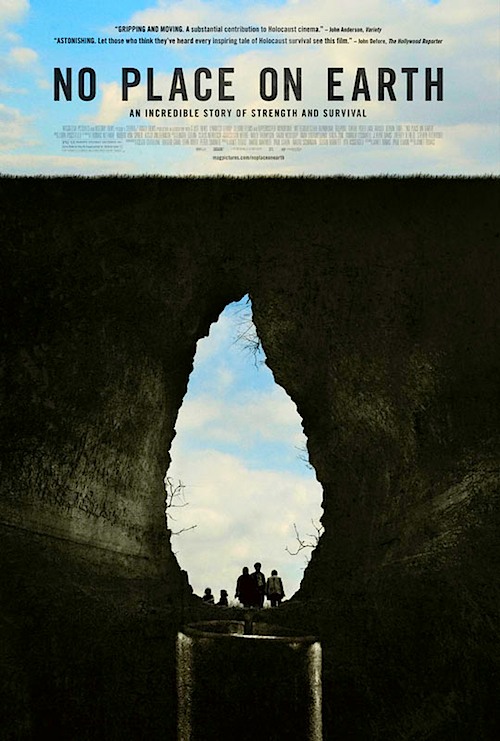By Joe Bendel. In the early 1930’s, Poland was in a tight spot geographically. It was sandwiched between Germany and the Soviet Union. We know what that will mean come 1939. A French military attaché also has a pretty good idea, but his superiors are not so keen to hear it in Spies of Warsaw, a two-night miniseries based on Alan Furst’s novel, premiering this Wednesday on BBC America.
Jean-Francois Mercier saw more than enough combat in World War I. Initially, the decorated aristocrat was not enthusiastic about his posting to the Warsaw embassy. However, as the Polish people start to grow on him, he becomes increasingly concerned about their vulnerability to foreign invasion. Indeed, he fully understands the implications for France should Poland fall. Warsaw has also become considerably more charming for Mercier after the arrival of Anna Skarbek, a sophisticated employee of the League of Nations. Frustratingly, though, she is determined to remain faithful to her lover, Maxim Mostov, a boozy Russian journalist exiled by the Bolsheviks.
While the first installment of Spies is a bit slow out of the blocks, it nicely sets the scene and establishes the geopolitical context. The cloak-and-daggering that eventually takes center-stage is fascinating fact-based stuff, involving the oft-overlooked left wing of the National Socialist Party (a vestige of its trade unionist roots) and the German upper-class’s resentment of the Nazis, mostly for being uncouth and reaching above their proper stations.
Mercier is also rather clear-headed when it comes to appraising the Communists. In fact, he agrees to facilitate the defection of a pair of his Soviet counterparts. As a bargaining chip, they offer clues to the identity of a former NKVD mole highly placed in the German government, who became inactive when his handler was purged. Yet, Mercier’s ultimate mission, inspired by a true historical operation, will be revealed late in the third act.

Spies might have been condensed into feature length, but the extra time allows it to more fully explore the details (we) espionage junkies so enjoy. Even though it presents Warsaw as a city rife with spycraft and skullduggery, Dick Clement & Ian La Frenais’s tele-adaptation is clearly sympathetic to the Polish people. Prominent Polish actor Marcin Dorociński even has a major supporting role, nearly stealing the show as Mercier’s old wartime colleague, Antoni Pakulski, now serving in the Warsaw constabulary with vaguely defined counter-espionage responsibilities. Unlike his gritty turns in Rose and Manhunt, Dorociński has a smooth Errol Flynn-ish thing going on that works so well he could easily carry a Pakulski-focused sequel.
Of course, to BBC America and most of its viewers, the star of Spies is unquestionably David Tennant, the tenth Doctor Who. As Mercier, he supposedly cuts quite the dashing figure. Really? If you say so. Still, he projects a sense of intelligence and a distinct impatience with bureaucracy, both of which are more important for his character’s super-spy credibility.
Veteran British television director Coky Giedroyc (whose credits notably include The Hour) maintains an appropriately noirish mood, emphasizing atmosphere and intrigue more than action. It might seem hard to believe that one of the year’s smartest miniseries – with a pronounced respect for freedom and a healthy skepticism of ideology – would feature a French blue blood and a League of Nations do-gooder as its primary POV characters, but here it is. Highly recommended for fans of cerebral spy fiction in the Le Carré tradition, Spies of Warsaw begins this Wednesday (4/3) and concludes the following week (4/10) on BBC America.
LFM GRADE: A-
Posted on April 1st, 2013 at 11:15am.

